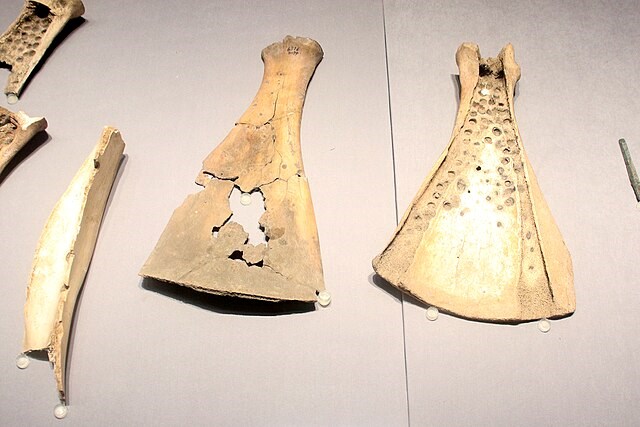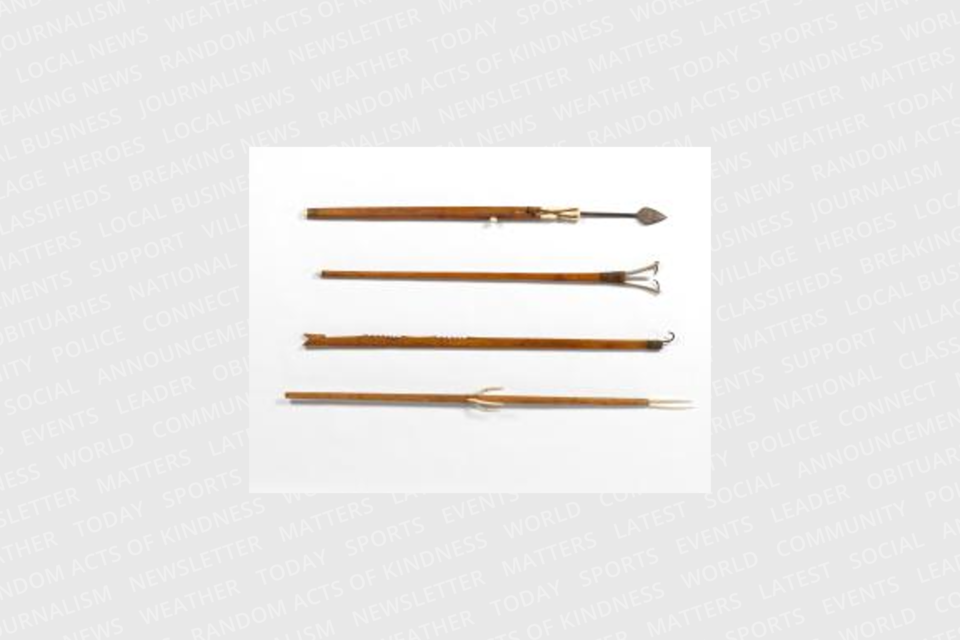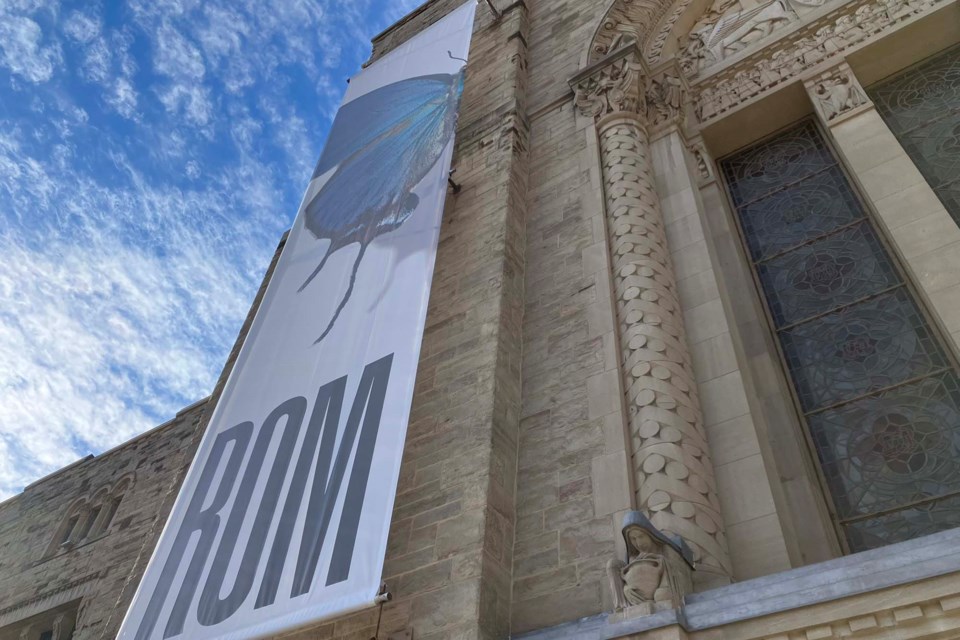The Royal Ontario Museum cannot account for 2,234 items that are supposed to be in its collections, documents released under access-to-information laws show.
The missing items are wildly varied and could stock a respectable museum on their own.
For instance, 136 oracle bones are among the missing antiquities.
Oracle bones were used to try to foresee the future in medieval China. Questions would be carved or painted on a bone, often a turtle shell, then it would be heated. The way in which the heat cracked the bone was interpreted as an answer to the question.
Also missing: 10 harpoons; a nativity scene; two “shabtis,” figurines found in ancient Egyptian tombs; and seven “undetermined objects” — which seem likely to remain undetermined.
TorontoToday asked how 10 harpoons could go missing.
"I guess if we knew how they went missing, they wouldn't be missing," said Leela Outcalt, the ROM's chief of collections care.
Across the ROM's art and culture collections, about one item in 250 is unaccounted for.

Outcault said the quantity of missing items stems from the inventory practices the ROM used in the past, informal by modern standards.
Some of the museum’s methods of accounting for objects reflect the systems used when they were first acquired generations ago, she explained. This can lead to confusing problems in the present.
"It's not uncommon to end up with a situation where you have two numbers that are attributed to what appear to be the same object, and you then have a four-month research project ahead of you to weed through the documentation and ensure that you have the correct piece aligned with the correct number.”
"In 1915, when people went out into the field and did archaeological digs, it was a different world, and people were bringing things back by the truckload. And we're still dealing with the results of that today.”
The ROM was founded in 1912 as the merger of five separate museums run by the University of Toronto. In the 1920s, it inherited about 44,000 objects from a teachers’ college, which Outcalt described as “poorly documented.”
“When the school shut down and the over 44,000 works were transferred, records were created from ledger books, without confirming one-to-one relationships with the objects themselves,” she said in a written response.
The museum didn’t introduce a uniform, consistent tracking system for objects until 1948.

More that’s missing
Quantities of historic clothing are also missing. These include 40 dresses, 24 skirts, 11 belts, 10 coats, four waistcoats and three underskirts.
Outcalt said clothing and textiles used to be kept track of much more informally by museums than they are now.
"They weren't understood in the same way that we understand collections of objects today. People could bring in, say, bed hangings and then repurpose those bed hangings to cover a chair. Sometimes historic textiles were repurposed to incorporate in decorative arts rooms and the like."
The list of missing items includes a number of objects that may have Indigenous significance, such as four wearing blankets, three moccasins, two headdress fragments, two kamik boots and two worked bones, as well as a wampum, wampum string, rattle, parka and toboggan.
The items’ object numbers show some batches of missing objects were acquired at the same time.
Most of the now-missing oracle bones were acquired together in 1931, while a group of 21 missing photographs all arrived at the museum in 1940.
TorontoToday requested further information on 30 missing coins from the museum's collection.
These turned out to include a group of 19 coins found in an archaeological dig in Jerusalem, studied in 1985, but found missing during an inventory conducted in 2014.
"We're talking less than $20 per coin," Outcalt said of their value. "These are very, very common. In terms of the concerns around this being something going on to the black market, that's unlikely."
A 17th-century Japanese coin in the inventory of missing items could be more valuable, however.
"That is something that we need to explore further and will — but it's really hard, because there's very little documentation on it."
ROM is not first museum to deal with missing antiquities
In 2023, the British Museum in London was rocked by revelations about a large number of missing valuable objects, made worse by poor record-keeping.
The gaps in the records "will make it extremely difficult, if not impossible, for the British Museum to prove that these particular objects are the ones that they are missing from the collections," antiquities expert Christos Tsirogiannis told The Guardian in August 2023. “That will eliminate the possibility to identify them and claim them back.”
The museum’s director at the time, Hartwig Fischer, accepted responsibility and resigned. It later came out that a Danish antiques dealer had warned the museum two years earlier that items from its collection were being sold on eBay.
In his resignation letter, Fischer conceded the "British Museum did not respond as comprehensively as it should have in response to the warnings in 2021, and to the problem that has now fully emerged."
Outcalt said the ROM has much stricter inventory control than the British Museum.
For example, the British Museum's former senior curator — who is now being sued over the disappearance of artifacts — has been accused of changing the museum's inventory records to cover his tracks.
"We have controls around who can or cannot delete a record," Outcalt said. "That's actually part of the reason that we have some of these lingering issues, because we are so cautious about deleting records.”
"We have an audit trail that tracks who changed what piece of information for anything within our digital database."
Since beginning her role in January, Outcalt has not filed a police report about a missing item and nobody in the senior curator group is aware of a major theft.
"[Sometimes] there are reasons to have suspicions, and [sometimes] there are reasons to feel confident that you should just keep looking, and you'll find it within the next month.”
Occasionally an item has been “moved over one drawer, and you find it the next day or something,” she added. “So you don't want to overly be overly aggressive and inappropriately loop in the police."
However, she conceded, missing is missing.
"If you are unable to locate something, I would consider it missing until it's located. Even if it's one drawer down, that doesn't matter: if you can't find it, it's functionally missing.



